Climate-Smart Farming in Central and Southern Appalachia
 Print This Post
Print This Post
By Tammy Barnes, NCAT Sustainable Agriculture Specialist
I love fall’s golden quaking aspens nestled amongst the evergreens in western U.S. mountain ranges, but autumn in Appalachia is all about color! The oranges, reds, burgundies, purples, and bronzes of the mixed hardwoods offer a glorious paint palette. The science of leaf color is complex and not well understood. Weather conditions, like temperature and soil moisture, during the growing season will affect the colors of the leaves. The different types of hardwood trees supply lots of color across the landscape and that variety is important for the forest inhabitants and for a thriving ecosystem. When the leaves fall, they help to restock the forest soil with nutrients and soil organic material. This helps the soil organisms, insects, and animals that live in the forest.
The Appalachian Mountains and its valleys are very productive and is among one of the most important and healthiest forests in the U.S. and the world. This region has great potential to store atmospheric carbon (greenhouse gases), which is the driver of climate extremes, e.g., more frequent droughts, prolonged heat, higher average daily temperatures, and changes in rain intensity, timing, and amounts (flooding events). This landscape is estimated to currently store 56% of the eastern U.S. above-ground carbon stores, according to The Nature Conservancy’s Working Woodlands in the United States. Most of this region of the U.S. is privately owned and, therefore, it can be legally developed or logged, resulting in a loss of stored carbon.
What’s Climate-Smart Farming?
Through the natural process of plant photosynthesis, atmospheric CO2 (carbon) is captured and stored in plant material—leaves, stems, and roots. During autumn and winter, the fallen leaves and other plant material decompose to become soil organic matter or carbon, so CO2 is taken from the air and deposited into the soil (sequestered). Certain land-management practices could increase this process, thus improving soil health and structure. Good soil structure allows for better water infiltration and soil water-holding ability, which is important for preserving or improving water quality and decreasing flooding likelihood. Basically, carbon farming focuses on optimizing on-farm soil carbon inputs through plant growth. Climate-smart farming practices, as defined by the Natural Resource Conservation Service (NRCS), help lock carbon into the soil of working lands and forests. These practices include managed or adaptive grazing, silvopastures, forest farming, field borders and buffers, hedgerows, riparian area development or expansion, cover crops, and crop rotation. However, it’s important to note that some NRCS practices will be impractical for the producer or landowners to implement because they don’t fit with their production goals or don’t work in certain geographical areas. Installing one or more of these climate-smart practices can be costly at first but they should pay for themselves over time through decreased inputs needed, e.g., fertilizer, livestock hay and feed, reseeding, and increased plant yield due to better soil function. USDA-NRCS, State Soil and Water Conservation Districts, and State Conservation grants can help pay for the development of climate-smart farming practices, but many nonprofit organizations have available funding, such as, Accelerating Appalachia, which offers funding for practice installation and monitoring through their Building Soil Building Equity program. Visit the ATTRA website for other funding opportunities, inquiries or questions, and technical assistance.
Developing a Climate-Smart Plan
Climate-smart planning is like whole-farm conservation planning. A planning team works with producers and land managers to decide which practice(s) would fit into their farming operation, meet farming goals, and have the greatest opportunity to capture carbon in the air or reduce greenhouse gas emissions. Practice choice is influenced by topography, soil type, nutrient management, erosion risk, and current climatic conditions. A suite of NRCS practices that are suitable for Central and Southern Appalachia are evaluated and chosen for on-farm application after a site visit by the planner team and estimation of greenhouse gas benefits and/or carbon sequestration per practice and commodity using COMET-farm and COMET-planner, as well as other modeling tools. These chosen practices need to show a positive cost-benefit potential and have economic benefits for the producer. NCAT carbon farm planners and agriculture specialists are available for technical help.
Related ATTRA Resources:
Agriculture, Climate Disruption, and Carbon Sequestration
USDA Investing More than $3 Billion in Conservation and Climate-Smart Agricultural Practices
Other Resources:
This blog is produced by the National Center for Appropriate Technology through the ATTRA Sustainable Agriculture program, under a cooperative agreement with USDA Rural Development. ATTRA.NCAT.ORG.

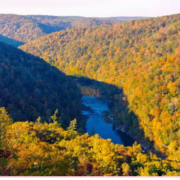
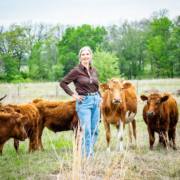


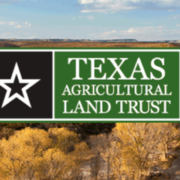
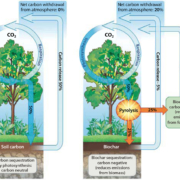
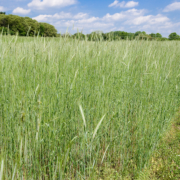
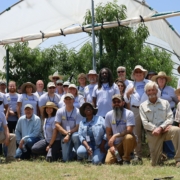 NCAT
NCAT


